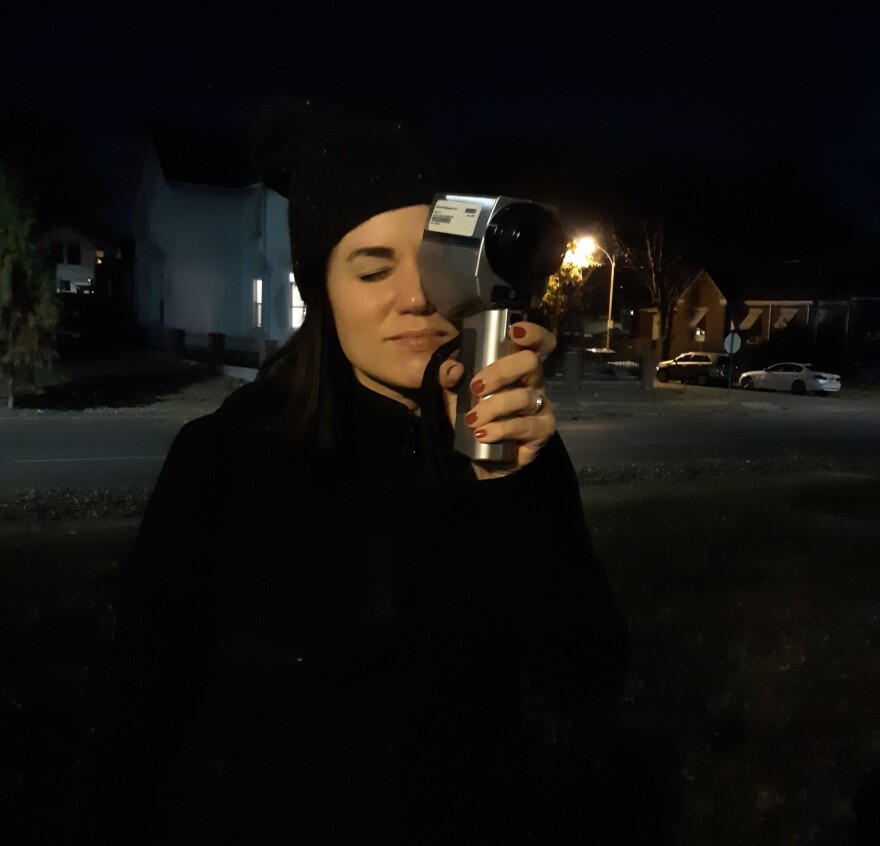“Could he really have seen what he said he saw? … Is there any way to know?” The Riverfront Times’ latest cover story grapples with these and other lingering questions about the 2019 death of south St. Louisan Cortez Bufford.

That December, Bufford was chased by St. Louis police after he ran from a confrontation beside a gas station (officers said they believed Bufford was urinating; Bufford, for his part, had previously been beaten by police in 2014 in a videotaped incident that went viral and had good reason to take off when he saw officers coming). Officer Lucas Roethlisberger then shot Bufford multiple times in a gangway between two homes in the city’s Carondelet neighborhood. He later testified that he “could see” in the dark, narrow space — and that he saw Bufford pull a gun and point it at him.
Alison Flowers of the Chicago-based Invisible Institute co-authored a close look at the case last year, with the in-depth story co-published by the Riverfront Times and the Intercept. But, as Flowers details in this week’s RFT, she “knew there was more to know. There always is.”
So this past fall, Flowers headed back to St. Louis — and to the gangway. What she uncovered by measuring the amount of light in the gangway, “when the moon would be similar in size and illumination as the night of the shooting,” challenges the police narrative of what occurred.
On Thursday’s St. Louis on the Air, Flowers joined host Sarah Fenske to discuss her findings.
The talk show team also reached out to Circuit Attorney Kim Gardner’s office for comment. Bufford’s case is one ina backlog of officer-involved shootings in which prosecutors have yet to make a determination regarding criminal charges.
“The Circuit Attorney’s office holds anyone who violates the laws of the State of Missouri accountable, even police officers,” reads a statement Gardner’s office provided Wednesday. “Officer involved shootings are very complex and unique cases which require thorough investigations that take time. Currently, this case is under investigation, and we will not comment.”
Flowers said the Bufford family “senses that this office is overwhelmed.”
“They have retained counsel for a potential civil suit, and so there may be a few avenues for them,” Flowers said. “But of course they would like Kim Gardner to take this case more seriously. ... We all have a responsibility to act on knowledge, and that’s why I didn’t want to let this story go. There was much more to be known if I could be on the ground and conduct these tests. And now they know, and so we’ll see what they do.”
“St. Louis on the Air” brings you the stories of St. Louis and the people who live, work and create in our region. The show is hosted by Sarah Fenske and produced by Alex Heuer, Emily Woodbury, Evie Hemphill and Kayla Drake. Jane Mather-Glass is our production assistant. The audio engineer is Aaron Doerr.







